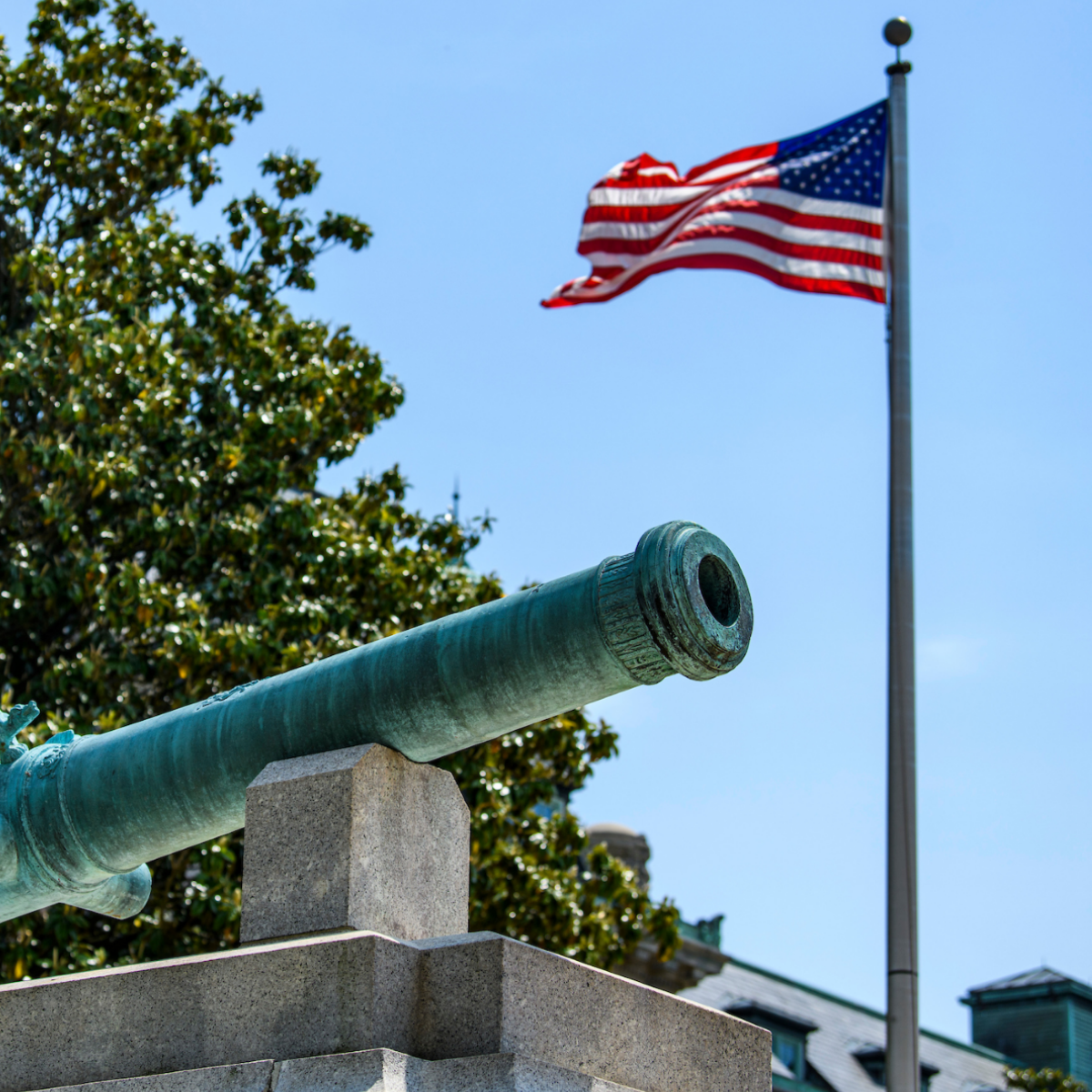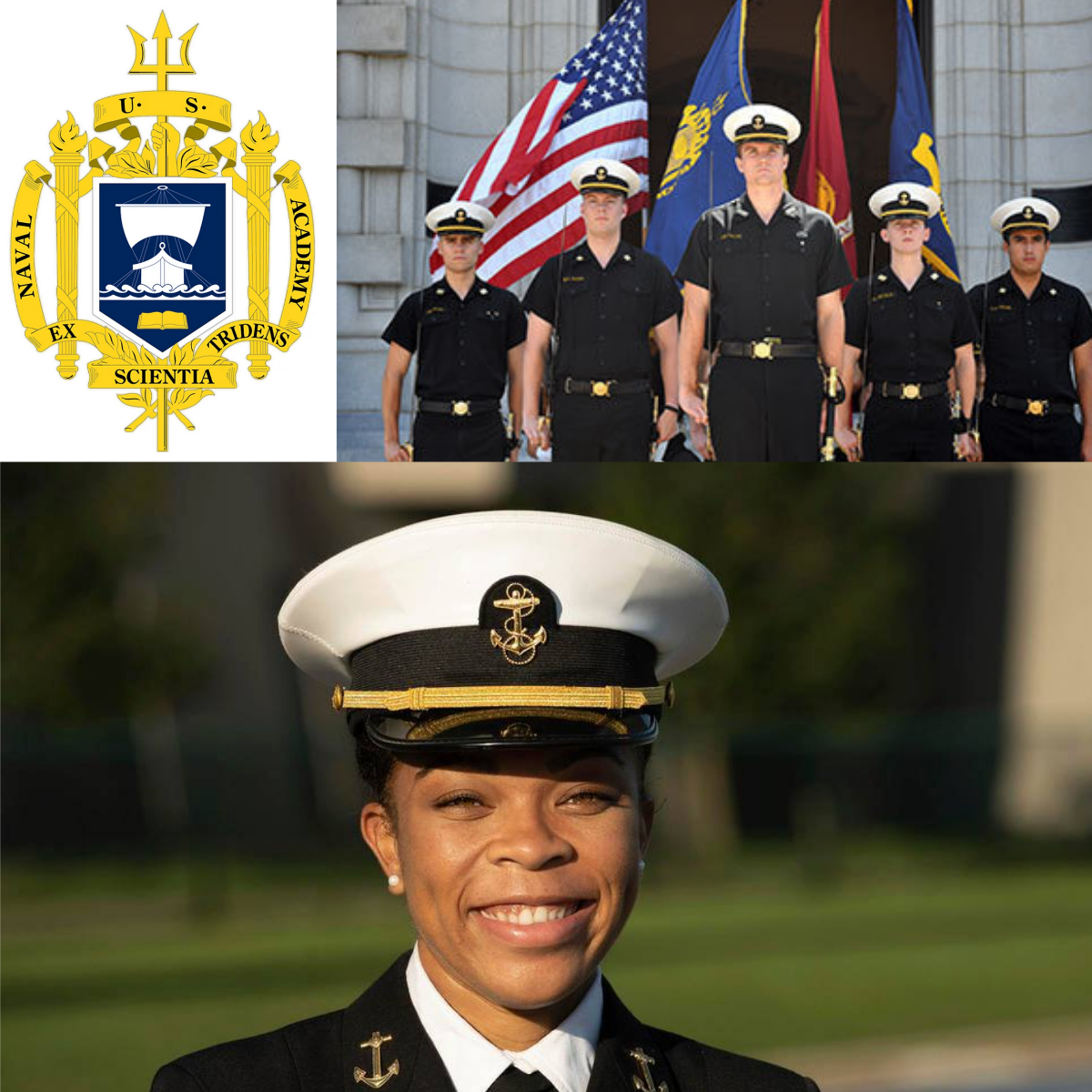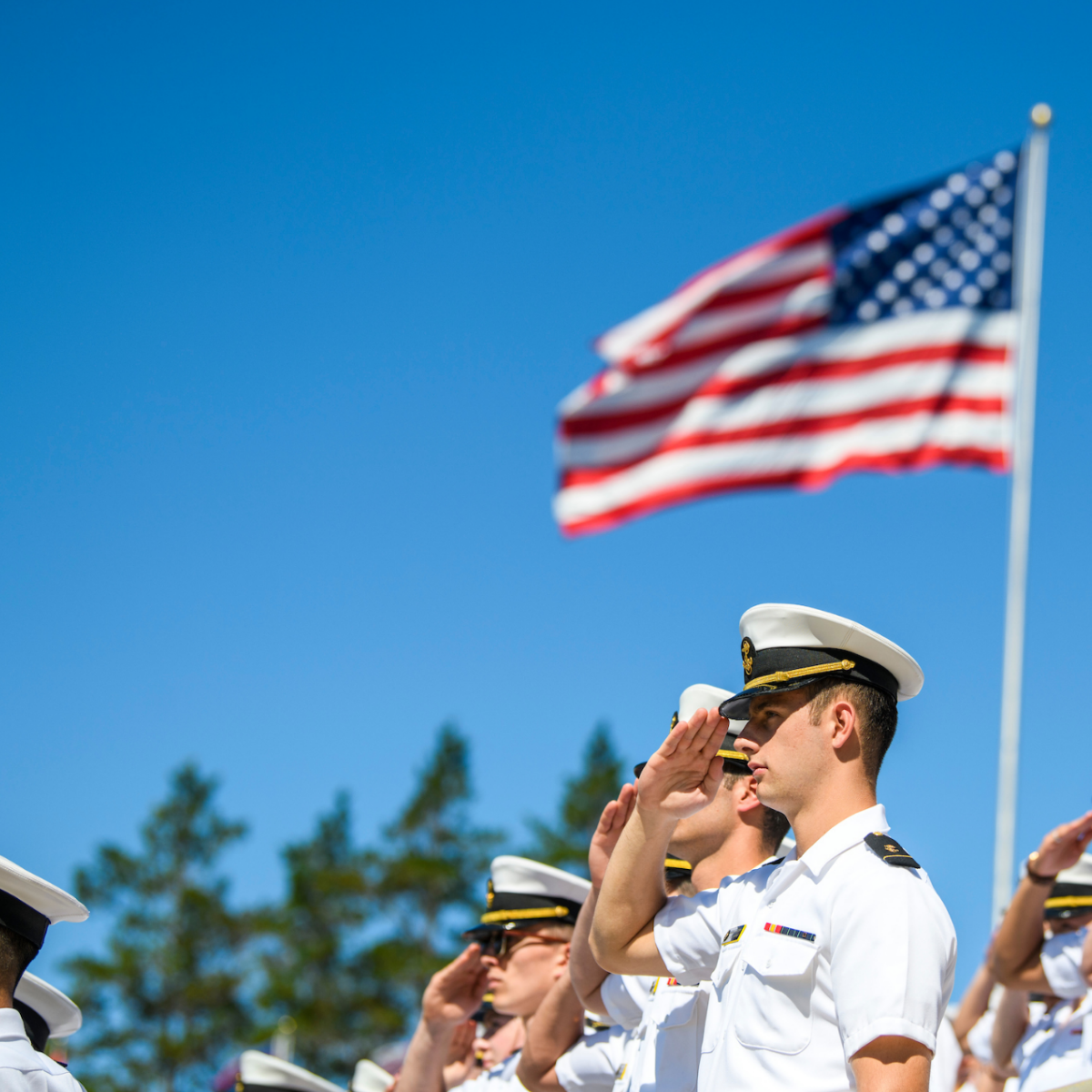
The creation and development of the U.S. Navy extended over nearly a quarter-century, from the American Revolution to the War of 1812. Despite numerous obstacles, the U.S. Navy established itself as the most powerful fleet on the high seas.
The Origins of the U.S. Navy
In the 1770s, tensions between the American colonies and the British Empire were coming to a boiling point. While many Americans sought independence from Britain, many believed peace could still be achieved. John Adams did not think peace was feasible, and advocated for a Continental Navy that would patrol the coastline, protect American coastal colonies from British raiders, and allow for international relations with other countries to garner support for American independence from Britain. However, as peace with Britain was still a consideration, launching a Continental Navy implied sovereignty and independence - a move the colonies were not yet ready to make.
On October 5, 1775, Congress received a report that two ships, loaded with munitions, unarmed, and without convoy, had departed from Britain towards Quebec. In response to this report, Congress formed a committee to come up with a plan to capitalize on the situation. The committee, made up primarily of Navy supporters, suggested that Massachusetts, Rhode Island, and Connecticut dispatch armed vessels to intercept the British ships. While Congress was considering this plan, George Washington, Commander in Chief of the Continental Army, reported that he had commandeered three schooners off the coast of Massachusetts for warfare purposes. Washington's actions effectively preempted a decision from Congress, and on October 13, 1775, the Continental Congress elected to arm ships to fight the British supply ships.
From the Continental Navy to the U.S. Navy
Within a few days of Washington's report, Congress established a Naval Committee charged with equipping a fleet. The committee worked to establish conduct and administration guidelines, direct purchasing and manning of ships, and oversee naval operations. The first naval squadron was launched on Feb. 18, 1776.
The Continental Navy was pivotal in the American victory over the British Empire. The establishment of the Continental Navy is also credited with provoking a diplomatic crisis that led France to join the colonies in their fight for independence. Despite the success of the Navy and continued Congressional support for it, the Continental Navy was disbanded following the signing of the Treaty of Paris in 1783.
In response to piracy from African countries, Congress chose to reestablish a national naval force on March 27, 1794. With this act, Congress also authorized the construction of six new vessels. However, only three were (initially) completed—the U.S.S. United States, the U.S.S. Constellation, and the U.S.S. Constitution. These three were launched in 1797. In response to calls for the creation of a department specifically for naval affairs, President John Adams signed a congressional act establishing the Department of the Navy on April 30, 1798. By the end of 1798, the Navy consisted of 14 completed vessels, with more already under construction.
The U.S. Navy Today
The U.S. Navy continued to grow throughout the Revolutionary War and the War of 1812, establishing itself as a major naval force. In 1814, Congress endowed the Navy with the responsibility to protect overseas commerce. Officials began constructing naval hospitals to serve the growing Navy, and in 1845, Secretary of the Navy George Bancroft founded the U.S. Naval Academy in Annapolis, Maryland.
Since 1845, the U.S. Navy has continued to grow with ships, aircraft, and submarines stationed worldwide. Today, the Navy has over 290 ships and 2,000 aircraft, with over 900,000 active and reserve service members. Because the U.S. Navy is on duty around the world 24/7, they are often the first force to arrive with assistance following natural disasters. The U.S. Navy also has sports teams, a flight exhibition team known as the Blue Angels, and the Navy Marine Mammal Program to train bottlenose dolphins and California sea lions to detect, locate, mark, and recover objects at sea. The mission of the U.S. Navy today is to protect and preserve American influence and interests overseas, while deterring aggression and maintaining freedom of the air and seas.






